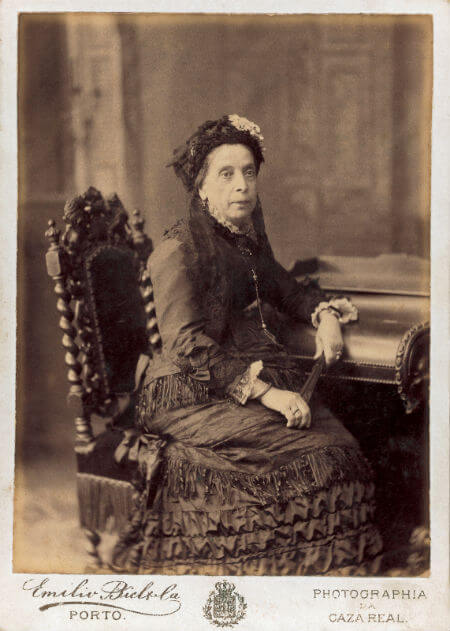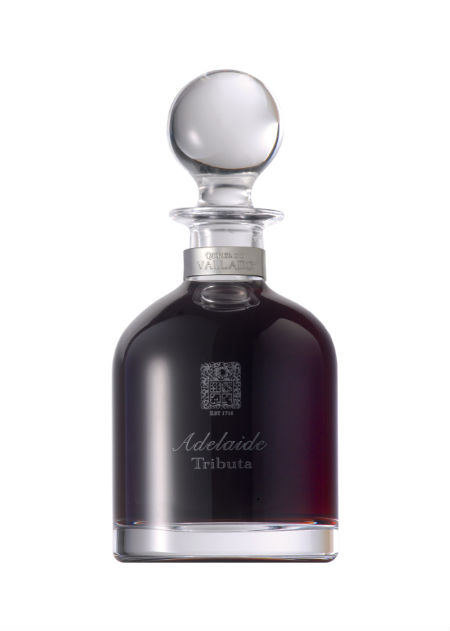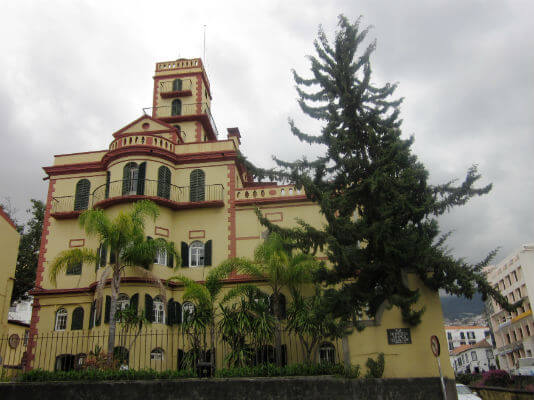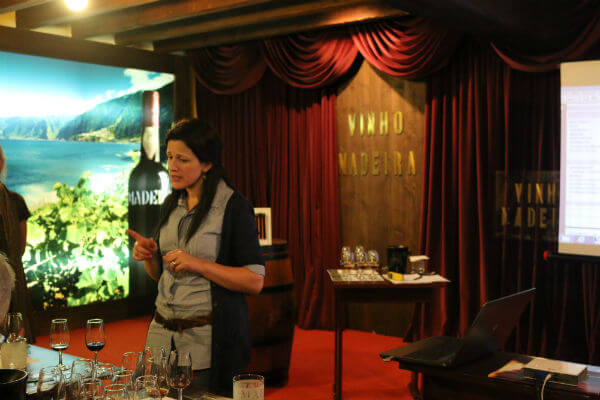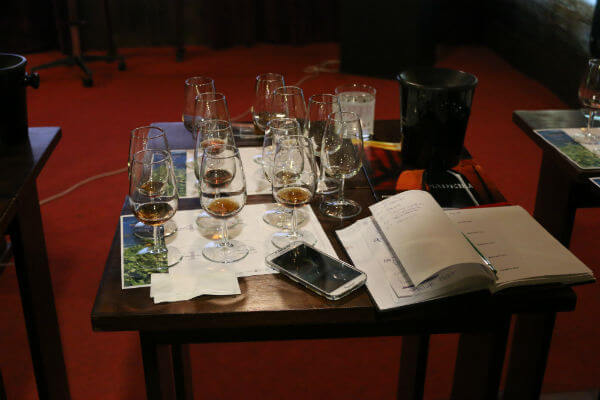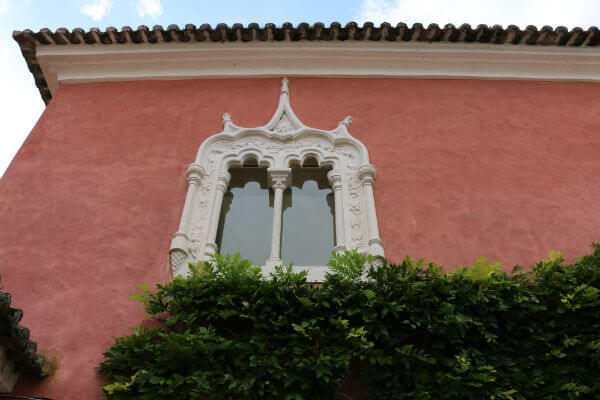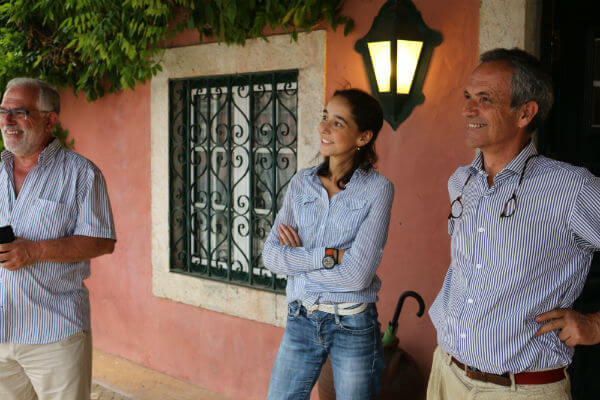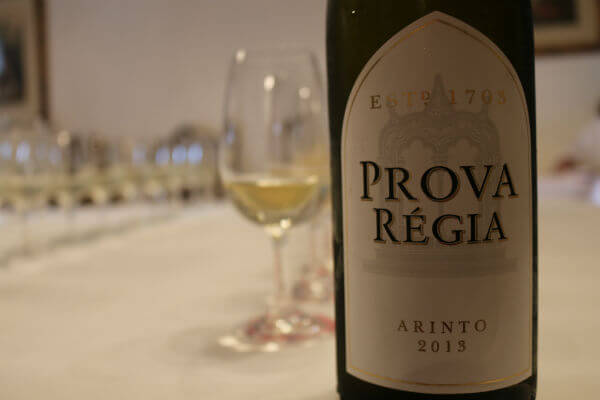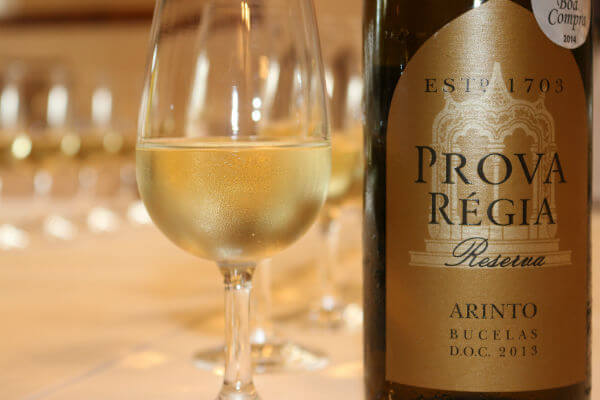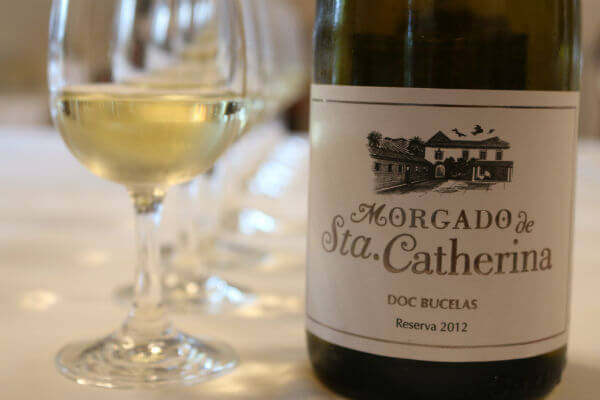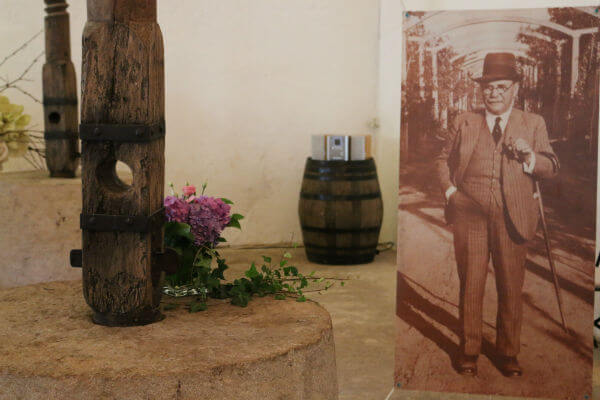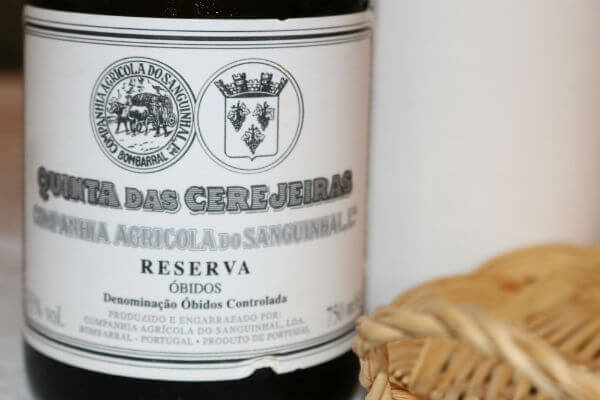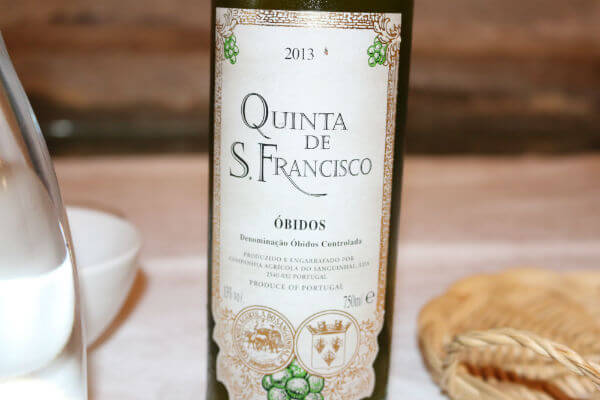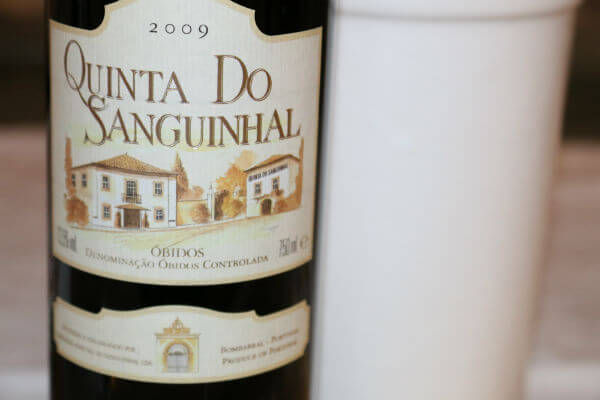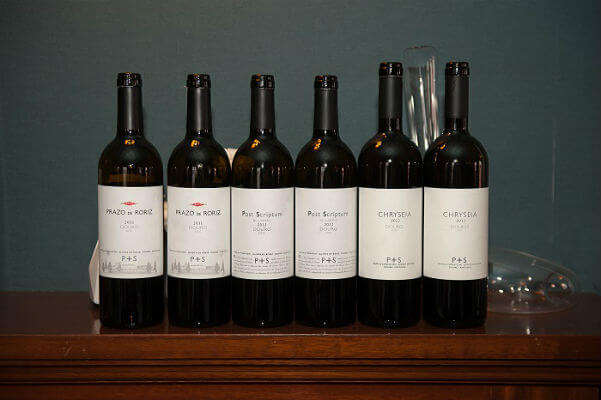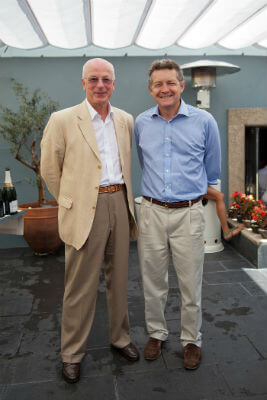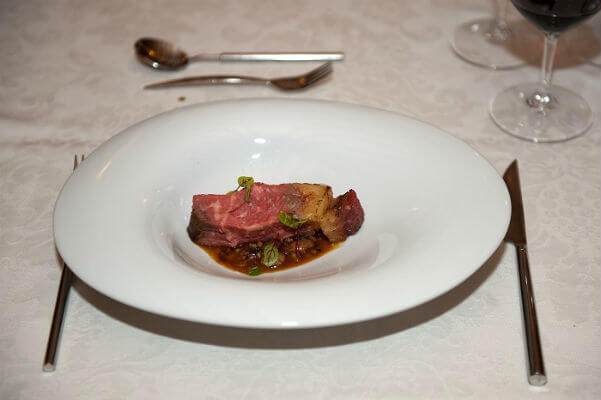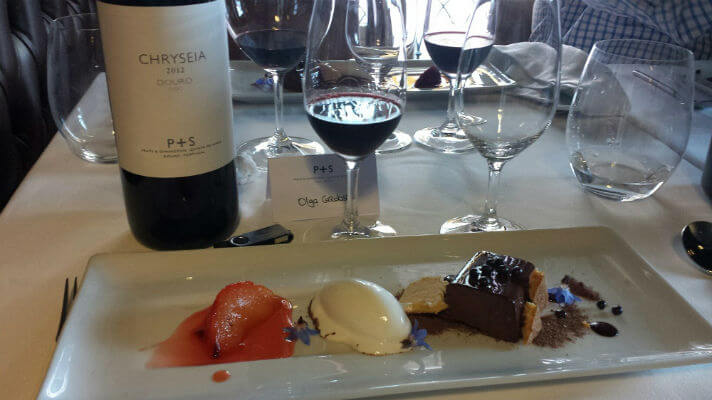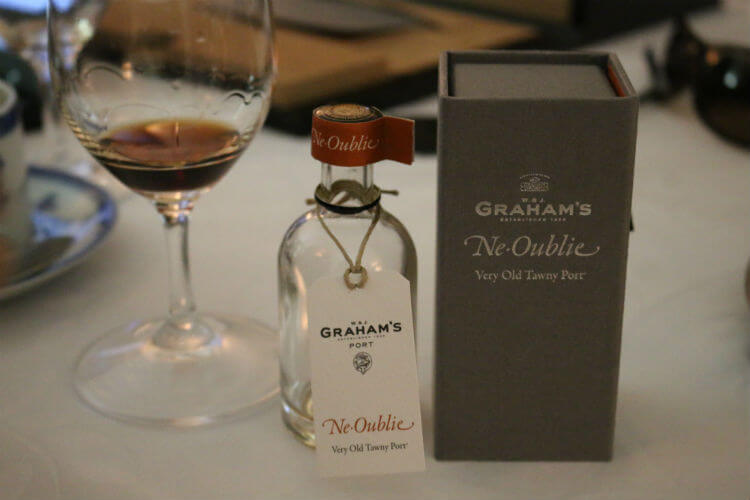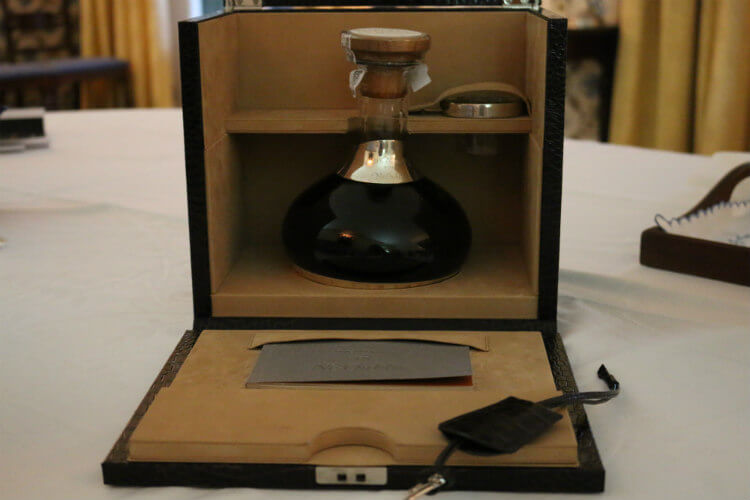Herdade da Malhadinha Nova’s Country House & Spa – A place where quality reigns!
Text Olga Cardoso | Translation Bruno Ferreira
Located just a few miles from Beja, in Baixo Alentejo, Herdade da Malhadinha Nova is a place of leisure and pleasure. The quality is present in every detail, even in the simplest… well, or at least apparently simple.
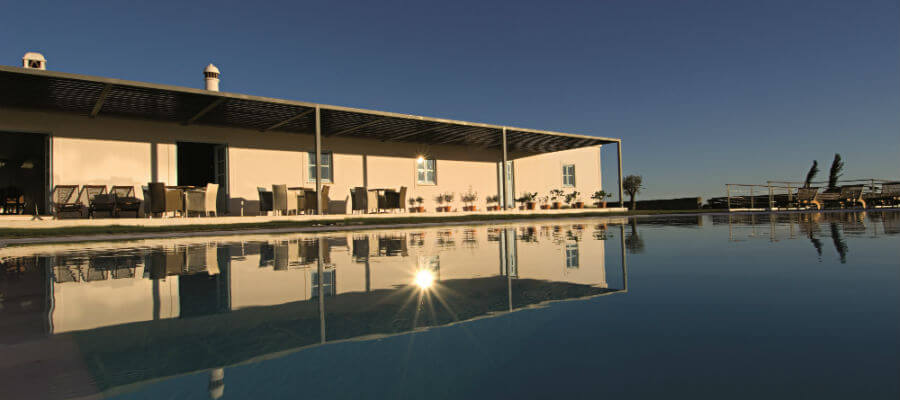
Herdade da Malhadinha Nova – Photo Provided by Herdade da Malhadinha Nova | All Rights Reserved
Design objects, chairs and lighting by Philippe Starck, Charles & Ray Eames or Mariano Fortuny are present everywhere, but are, nevertheless, perfectly integrated in a rural environment. The fusion between design, rurality, comfort and elegance, appeal to senses and feelings.
At Malhadinha Nova you can enjoy experiences, moments, feelings or details, which will most certainly lead to a second visit.
Cooking with a renowned chef, learning the art of photography or painting, or even discovering the world of wine in an intimate way… these are some of the experiences offered to the visitors.
During my visit to the Herdade I was received in princely fashion, having been able to participate in a showcooking given by the Chef Consultant Michelin-starred Joachim Koerper and the resident Chef Bruno Antunes.
Joachim Koerper is passionate about southern European products, about their flavors, colors, aromas and textures. His philosophy is simple, like are all good things in life, he uses only natural and fresh products and works them with art and creativity.
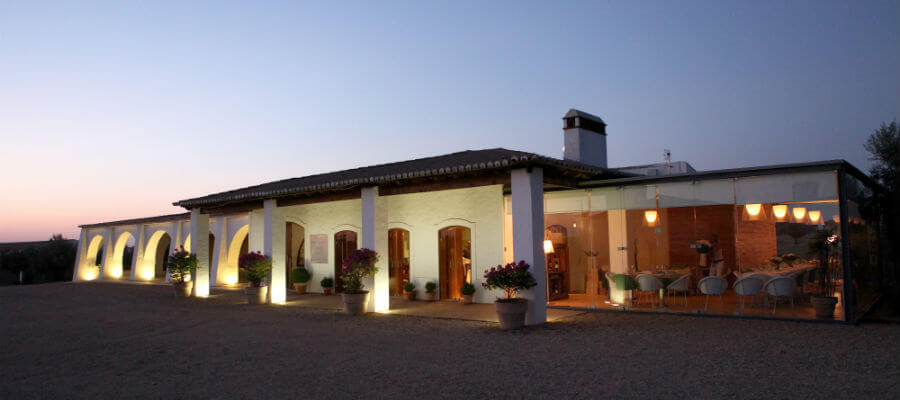
Herdade da Malhadinha Nova – Photo Provided by Herdade da Malhadinha Nova | All Rights Reserved
For that reason, the restaurant Malhadinha – Wine & Gourmet, which is integrated into the building’s cellar, offers a signature cuisine that favors the land products in modern interpretations. In this restaurant they always make a selection of fine dishes with flavors and irresistible aromas, which are duly accompanied by excellent wines from the Estate.
The oenology is in charge of Luis Duarte (Winemaker Consultant) and Nuno Gonzalez (Resident Winemaker). The consultant winemaker Luis Duarte is also a family friend. His remarkable career is closely linked to Herdade do Esporão. With many award-winning wines he was considered twice winemaker of the year in Portugal. Today he is one of the most renowned winemakers in the country having remarkable results in consulting to some producers in the Alentejo. Nuno Gonzalez has a degree in biochemistry and has been specializing in viticulture and oenology. He has been in Australia, New Zealand, United States and Italy. In Portugal, he has in his résumé big name houses like José Maria da Fonseca, Niepoort and Cortes de Cima, among others.
Herdade da Malhadinha Nova was born of a dream – the dream of producing a great wine, to produce the best wine in the world.
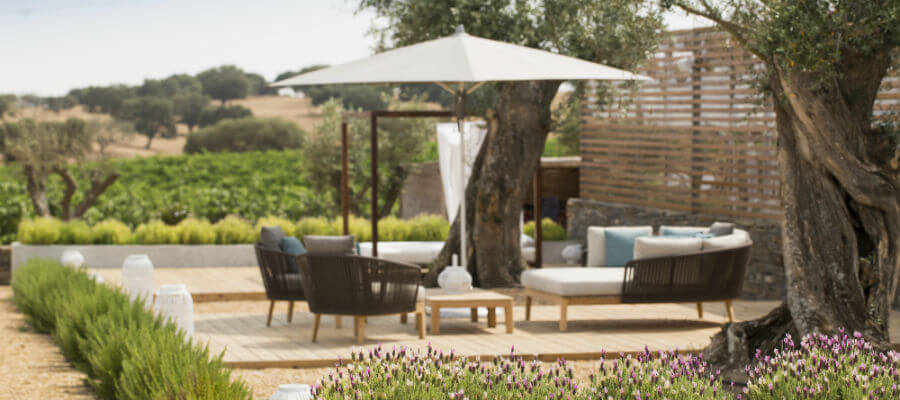
Herdade da Malhadinha Nova – Photo Provided by Herdade da Malhadinha Nova | All Rights Reserved
For such contribute the unique conditions of space and the experience of over 10 years in the production of wines as well as the passion of the team involved. From these arose a remarkable range of reds, whites and rosés. Each wine tells its story in its own way.
The difference and uniqueness are also marked by the labels, fruit of the creativity of the younger generation of the Soares family. The wines are named after the children and they also draw the labels.
Herdade da Malhadinha‘s intensely fruity and highly complex in the mouth wines are a reflection of a huge respect for nature and all of the passion and dedication with which they are created with.
If you want to read more about some of these wines, please see this article previously published on our website.
Regarding the hotel itself, it should be noted that this is an area that respects all the Alentejo matrix, the region where it is implemented. The sense of place is a core value at Mallhadinha.
Here we can get an authentic experience where the quality and refinement of simplicity prevail.
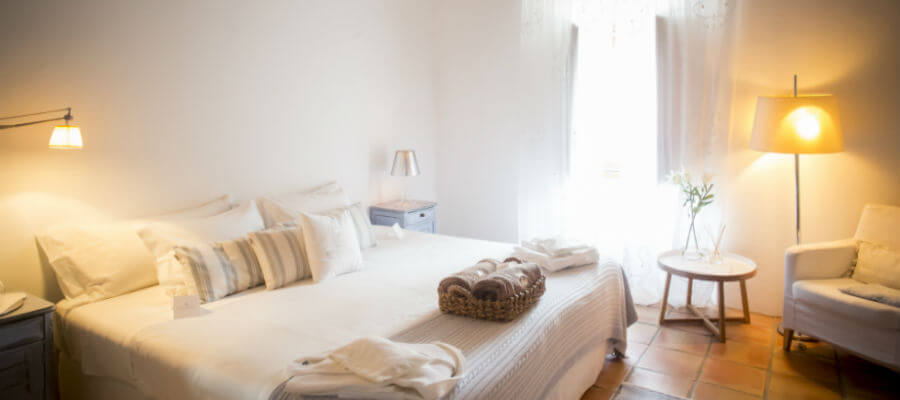
Herdade da Malhadinha Nova – Photo Provided by Herdade da Malhadinha Nova | All Rights Reserved
The room decor is inspired by the Alentejo regional furniture together with a clean design, which provides comfort and tranquility. Upon arrival you will find a platter of season fruit, which is produced at the Estate, as well as the amenities of Bvlgari and air fresheners from the Portuguese brand Castelbel that emphasize all the luxury and refinement during the stay.

Herdade da Malhadinha Nova – Photo Provided by Herdade da Malhadinha Nova | All Rights Reserved
The breakfast is an experience that cherishes and awakens the senses. Exposed in a “canopy table” are countless high quality products and a wide variety of flavors.

Herdade da Malhadinha Nova – Photo Provided by Herdade da Malhadinha Nova | All Rights Reserved
The activities offered to guests are many and very attractive. From moments of relaxation in the invigorating and flavored environment of their spa to a fun Jeep Safari through the Herdade or an exciting hot air balloon ride in the Alentejo dawn tranquility, all is possible in Malhadinha.
Being a wine tourism space there are different wine tastings available which are conducted by the winemaker, and also visits to the vineyard and the winery. Throughout the year, they launch various special packages subordinated to thematic experiences, such as radical adventures, gastronomy workshops or photography courses.
At the time of the harvest there are always special programs available that allow customers to fully live that special time. Equestrian tourism is also privileged by Malhadinha since they have their own stud farm, which is dedicated to horse breeding of the Lusitano breed.
I have no doubt that Malhadinha Nova has the pursuit of excellence as a guiding principle. Within just a few years of existence, it has become not only one of the best producers of domestic wine, as well as a wine tourism space with superior quality.
Contacts
Herdade da Malhadinha Nova
7800-601 Albernoa. Beja – Portugal
Tel: (+351) 284 965 210 / 211
E-mail: geral@malhadinhanova.pt
Website: www.malhadinhanova.pt



